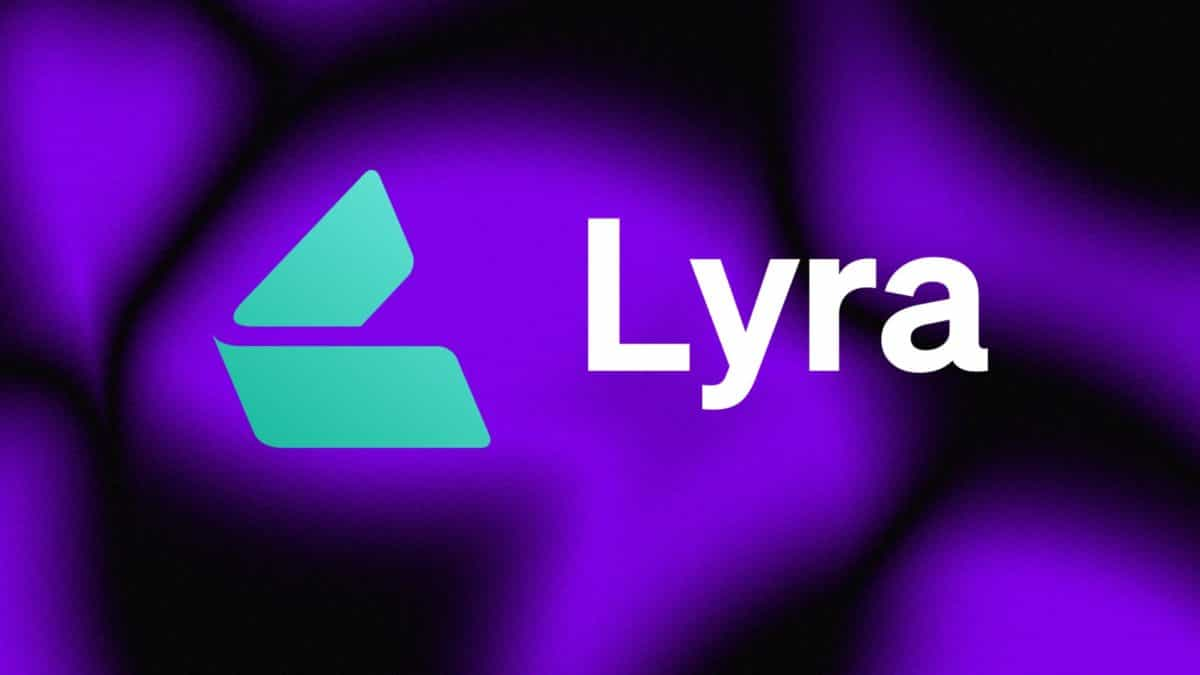Minting of Ordinals-like tokens causes big surge in Polygon transaction fees

Quick Take
- Daily transaction volume on Polygon jumped from 2.89 million to over 6 million today.
- The network’s gas fees surged to over 7,000 Gwei before settling down.
- This was attributed to large scale minting of “PRC-20” tokens.

The Polygon ![]() MATIC
+1.05%
network, a widely-used Ethereum sidechain, has experienced a record-breaking surge in daily transactions, leading to a significant increase in gas fees over the last 24 hours.
MATIC
+1.05%
network, a widely-used Ethereum sidechain, has experienced a record-breaking surge in daily transactions, leading to a significant increase in gas fees over the last 24 hours.
Activity on the network has escalated dramatically, with transaction numbers soaring from 2.89 million to a historic high of 6.1 million from November 14 to November 15, the most since October of the previous year. This rise in network usage has precipitated a spike in transaction costs, with average transaction costs rising to over 7,000 Gwei (from 100 Gwei a day prior), before reducing to around 400 Gwei, according to Polygonscan.
The heightened costs for transactions, especially token swaps on the blockchain, rose as high as $5 for swaps, which was a massive increase from the usual rates on the network. This has now come down to under $0.50.
Yet even during the transaction fee surge, the cost of transactions on the Polygon network remained lower than the Ethereum mainnet, where the cost of token swaps can range from $30 to $50.

Polygon PoS Chain Daily Transactions | Source: Polygonscan
A Polygon contributor said that the activity can be attributed to a new type of tokens referred as "PRC-20," an Ordinals-inspired token standard on Polygon. Users have been minting PRC-20 tokens named POLS en masse, data shows. These tokens are created using transactional calldata on the Polygon blockchain instead of the normal ERC-20 token standard.
The mechanism was inspired from Ordinals, a protocol designed for generating tokens and NFTs on the Bitcoin network. It involves a process known as “inscription,” which assigns data to individual satoshis across the Bitcoin network. However, Polygon-based PRC-20s adopt a different strategy, utilizing transaction calldata to generate tokens or unique NFT-like image artifacts that are embedded within the network transactions.
Developers have previously launched tokens on the Ethereum mainnet in June by leveraging a similar Ordinals-inspired protocol called Facet.
© 2023 The Block. All Rights Reserved. This article is provided for informational purposes only. It is not offered or intended to be used as legal, tax, investment, financial, or other advice.



